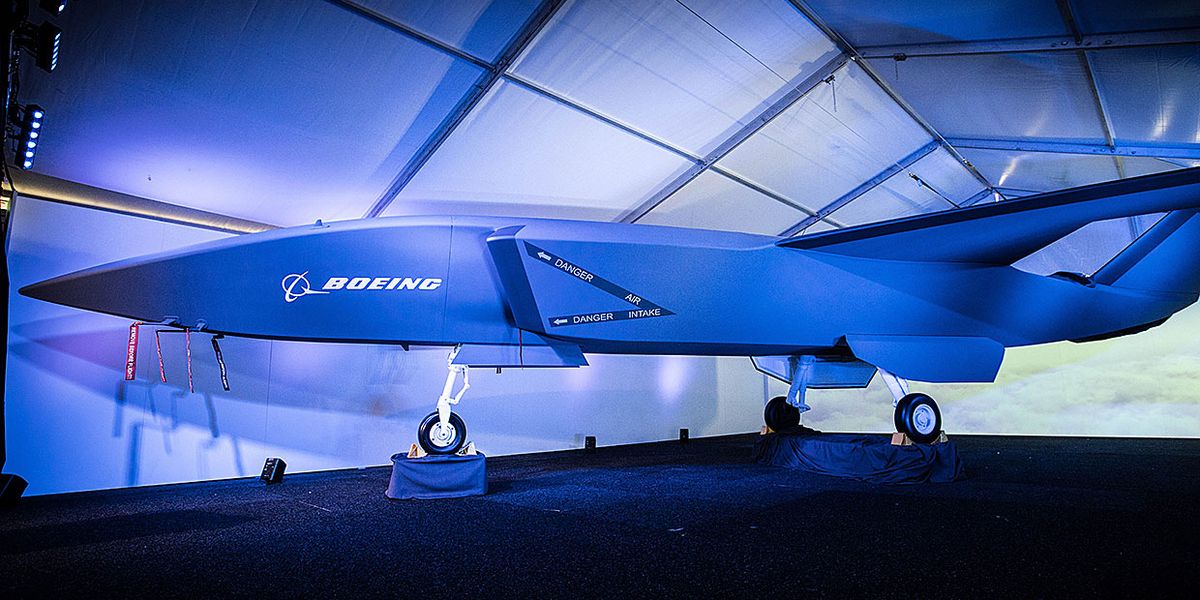3D printing drugs is driving the pharmaceutical industry towards personalized medicine. Let’s take a look at the most recent trends and developments.
Page 8037
Jan 4, 2020
Samsung Tweets Cryptic Plans to Unveil an “Artificial Human”
Posted by Peter Morgan in category: robotics/AI
“Finally, Artifical [sic] Intelligence that will make you wonder which one of you is real,” reads one of Kapur’s recent tweets, with another urging CES visitors to stop by the NEON corner to learn more about “an Artificial Intelligence being as your best friend.”
Not Bixby
One thing Samsung will say about NEON is that it is not related to the company’s AI-powered digital assistant Bixby.
Jan 4, 2020
FDA Approves UVA-Developed Artificial Pancreas
Posted by Paul Battista in categories: biotech/medical, information science
The breakthrough system combines a glucose sensor, insulin pump and a smart control algorithm to allow Type 1 diabetes patients to continually regulate blood-sugar levels.
Jan 4, 2020
Why Drugs Are So Expensive | VICE on HBO
Posted by Derick Lee in categories: biotech/medical, futurism

Americans today spend more on pharmaceuticals per capita than anyone else in the world, and more than one in five say they have trouble affording their prescription drugs. But they might not know about the alternative pathways to medicine. VICE’s Hamilton Morris explores the world of clandestine chemists, DIY bio hackers, and grey markets to see if a more democratized medicinal future is indeed possible.
Check out VICE News for more: http://vicenews.com
Continue reading “Why Drugs Are So Expensive | VICE on HBO” »
Jan 3, 2020
Boeing’s Autonomous Fighter Jet Will Fly Over the Australian Outback
Posted by Saúl Morales Rodriguéz in categories: military, robotics/AI
 If you drive along the main northern road through South Australia with a good set of binoculars, you may soon be able to catch a glimpse of a strange, windowless jet, one that is about to embark on its maiden flight. It’s a prototype of the next big thing in aerial combat: a self-piloted warplane designed to work together with human-piloted aircraft.
If you drive along the main northern road through South Australia with a good set of binoculars, you may soon be able to catch a glimpse of a strange, windowless jet, one that is about to embark on its maiden flight. It’s a prototype of the next big thing in aerial combat: a self-piloted warplane designed to work together with human-piloted aircraft.
The Royal Australian Air Force (RAAF) and Boeing Australia are building this fighterlike plane for possible operational use in the mid-2020s. Trials are set to start this year, and although the RAAF won’t confirm the exact location, the quiet electromagnetic environment, size, and remoteness of the Woomera Prohibited Area make it a likely candidate. Named for ancient Aboriginal spear throwers, Woomera spans an area bigger than North Korea, making it the largest weapons-testing range on the planet.
The autonomous plane, formally called the Airpower Teaming System but often known as “Loyal Wingman,” is 11 meters (38 feet) long and clean cut, with sharp angles offset by soft curves. The look is quietly aggressive.
Jan 3, 2020
NASA — National Aeronautics and Space Administration’s Artemis program will send the first woman and the next man to the Moon
Posted by Alberto Lao in category: space travel

Using the Moon as a proving ground for living on Mars, this next chapter in exploration will forever establish our presence in the stars.
How we’re going http://go.nasa.gov/35Y6KFj
Jan 3, 2020
70% Of Women With Breast Cancer May Not Need Chemotherapy
Posted by Paul Battista in category: biotech/medical
Jan 3, 2020
Intel Releases the Horse Ridge Chip for Quantum Computing!
Posted by Quinn Sena in categories: computing, quantum physics
Intel introducing the ‘Horse Ridge’ to help enable Quantum Computers that are commercially viable, compared to the current models.
Jan 3, 2020
Iran’s ‘forceful revenge’ against the US is likely to include cyberwarfare, and experts warn that the attacks could be devastating
Posted by Quinn Sena in categories: cybercrime/malcode, energy, finance, internet, military
Iran has proved capable of cyberattacks that could target internet infrastructure, online banks, or even the US power grid.
Jan 3, 2020
Ransomware attack takes US maritime base offline
Posted by Quinn Sena in categories: biotech/medical, cybercrime/malcode
A computer virus forced a US maritime base offline for more than 30 hours, the country’s coast guard has revealed.
Ransomware interrupted cameras, door-access control systems and critical monitoring systems at the site.
The agency did not reveal the name or the location of the facility targeted by the attack.















